Last year we started some new (to us), meaningful traditions for Easter. One tradition that I wanted to expand and deepen this year was celebrating Passover.
Although I have known The Exodus story for most of my life, I didn’t know very much about the Passover celebration before last year, and even then I barely knew anything.
I love meaningful traditions though and I’m so glad I added this one last year. This year I have tried to learn even more about it and it’s been fascinating. This learning has deepened my understanding of and appreciation for Jesus Christ and the Sacrament.
I definitely don’t claim to know everything about Passover or the Seder meal. I feel like I’ve barely scratched the surface. I’m sure that I will continue to learn more every year and I’m really excited about that.
The experience that we had this year was really special. It was filled with the Spirit of God and I loved getting to participate in this experience with my little family.
There were a few things that made this year unique and added to the special feeling of it all…
Consider the significance and uniqueness that for perhaps the first time in thousands of years, during Passover, we, with people from all over the world, are commanded to stay in our houses as a plague (Covid-19) passes through the land, just like the children of Israel.
“And ye shall take a bunch of hyssop, and dip it in the blood that is in the basin, and strike the lintel and the two side posts with the blood that is in the basin; and none of you shall go out at the door of his house until the morning.
For the Lord will pass through to smite the Egyptians; and when he seeth the blood upon the lintel, and on the two side posts, the Lord will pass over the door, and will not suffer the destroyer to come in unto your houses to smite you.” (Exodus 12:22-23)
Because of this plague that is passing through the land, we were participating in a special, world wide, fast throughout the day yesterday.
And on top of both of those things, yesterday was also Good Friday – a holy day.
At first, I thought of Passover as a Jewish holiday that I could find some meaning in, but as I learned more about Passover over this past week, I was amazed to realize more fully that this is part of my story. I am of the House of Israel. The Children of Israel are my ancestors. Their story is part of my story and learning about this part of my heritage adds depth and meaning to my own life experiences.
While Passover is primarily celebrated by Jewish people, and people who follow the Jewish faith don’t believe that Jesus was/is the Messiah, I find Jesus all over, in, and through the entire Exodus story, and within the Passover Seder meal. I loved thinking about all of the symbols and seeing how they are all symbols of Jesus. Throughout my study, I learned from multiple sources about the elements of the Passover Seder and what they represent. As I combined this information with my own gospel knowledge and life experiences, I loved what I came to learn and discover.
I thought that I would go ahead and share some of that here, so I can document it for myself, and also for anyone else that’s interested in learning more about the Passover Seder.
The Passover Seder is a Jewish feast that marks the beginning of the Passover holiday. “Seder” is a Hebrew word meaning order apparently referring to the scripted activities and reading portions it entails. The name of the book that contains the instructions of this order.
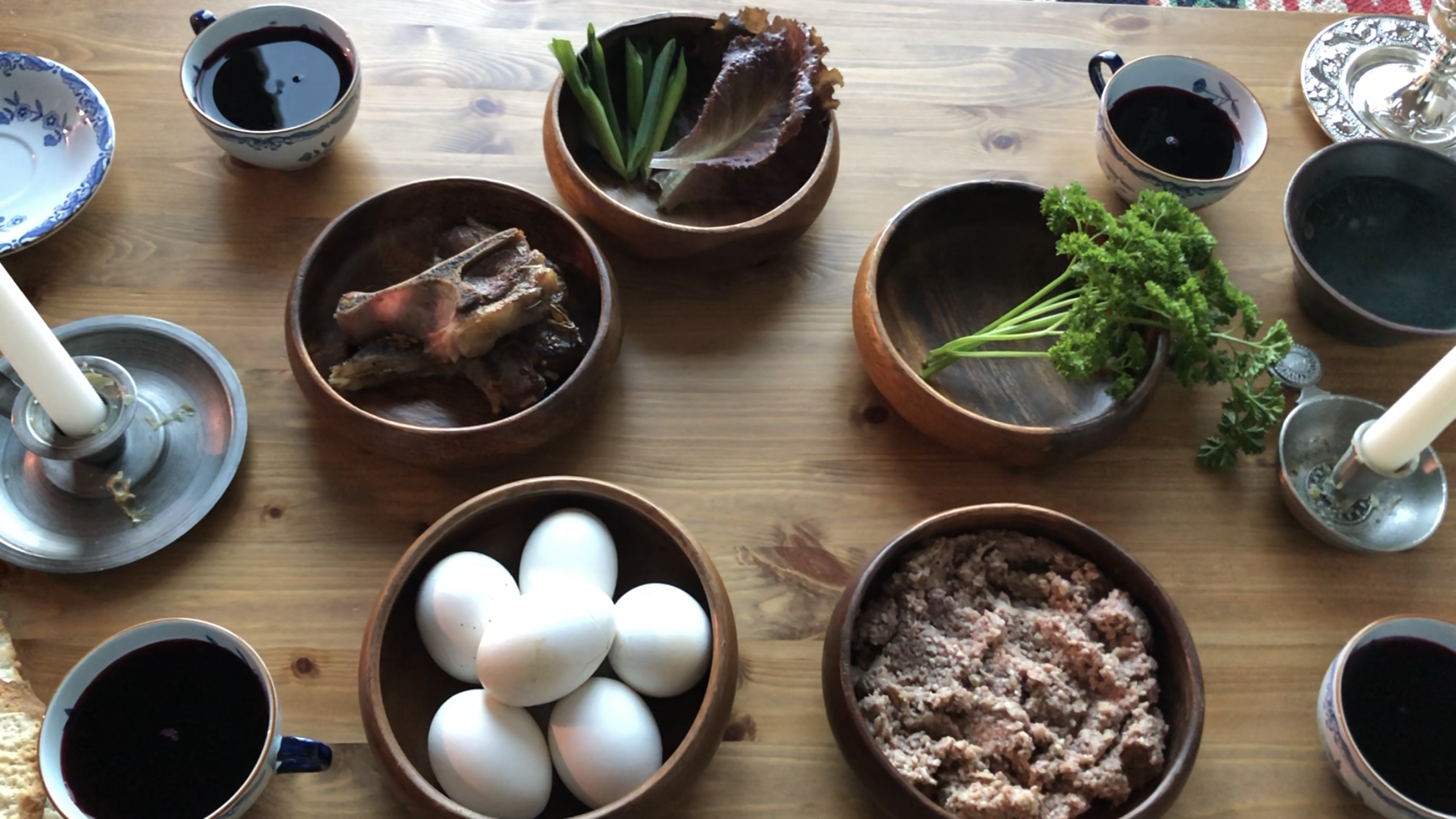
Karpas (parsley):
- The parsley is dipped into the salt water, just as the hyssop was dipped in the blood of the lamb. “And ye shall take a bunch of hyssop, and dip it in the blood that is in the basin, and strike the lintel and the two side posts with the blood that is in the basin; and none of you shall go out at the door of his house until the morning.” (Exodus 12:22)
- Greens (parsley) symbolizes springtime, new birth, a time of new beginnings. Nisan is the month that Passover is celebrated and Nisan means the beginning (first month on Jewish calendar). Putting the lamb blood on the doorposts was the beginning of a new beginning for the Israelites. Jesus is the one that gives us a new beginning.
- The parsley dipped in the salt water also represents tears. Both the tears of the Israelites before being delivered from Egypt, and how God brings us through times of tears and through our tears come new life.
Maror (bitter herbs – horseradish is commonly used. We used bitter lettuce and green onions):
- Symbolize the bitterness of Egypt, the bitterness of the slavery.
- Bitter herbs also reminds us of what our lives were without Jesus…without Jesus, life is bitter… even if you have all the money, fame, etc. in the world. Jesus saves us from bitterness (sin, weakness, fears, pains, sickness, etc.). And when we do have to pass through trials and hardships, he can make them sweet. He uses them for our good.
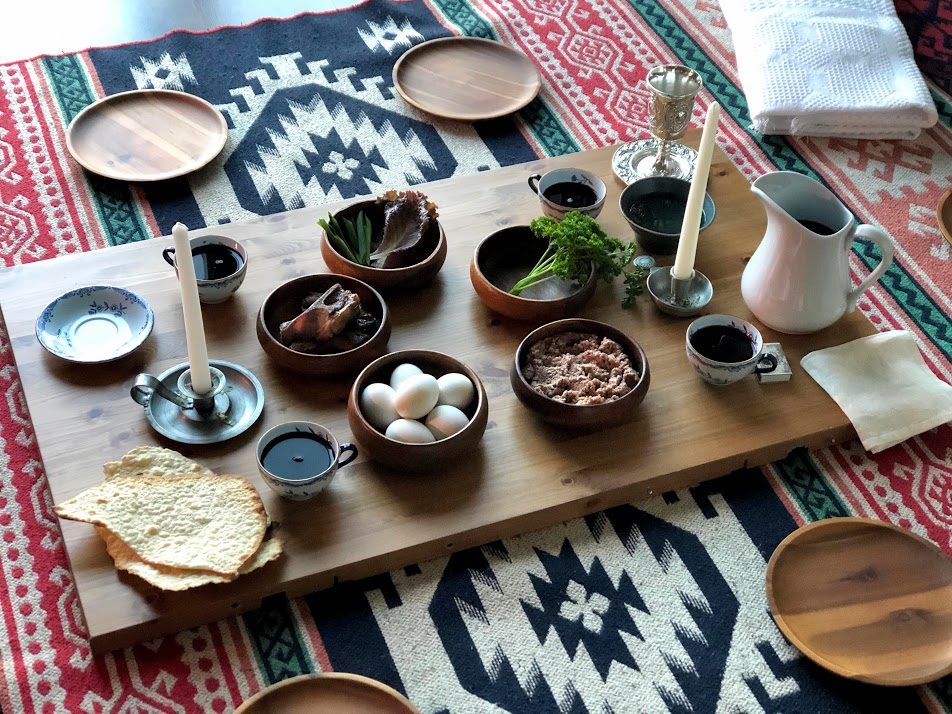
Charoset (fruit and nut mixture)
- Reminds us of the mortar that the Israelite slaves used to build roads and structures for the Pharaoh.
- Represents the slavery of Egypt and also the slavery of sin (and weaknesses, fears, etc.). Remember the bondage of life without Christ and that He takes that bondage away from us as we give ourselves to Him.
- Break a piece of Matzah and put some of the charoset on the matzah, also put some bitter herbs on the Matzah with the Charoset. When you dip the bitter herbs and charoset on the Matzah, it symbolizes all of the bitterness and bondage of sin and infirmities being put onto Jesus and carried by Him.
- When Christ partook of this part of the Seder (during the Last Supper), it was as if He was symbolically saying that no one is forcing Him to take everything upon Himself. He chooses to.
- While partaking of the Matzah with the charoset and bitter herbs, take a moment to thank God for all (or something specific) that He took from you, that He carried for you. “Come unto me, all ye that labour and are heavy laden, and I will give you rest. Take my yoke upon you, and learn of me; for I am meek and lowly in heart: and ye shall find rest unto your souls. For my yoke is easy, and my burden is light.” (Matthew 11:28-30)
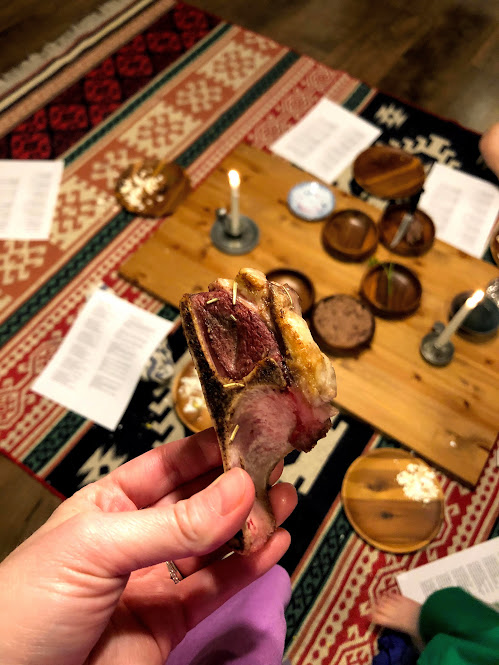
Zeroah (the lamb):
- This is what Passover is all about. The lamb. The Lamb of God. It was the blood of the lamb that saved the Israelites from the 10th plague of death and from slavery, and it is the blood of THE Lamb that saves each one of us from sin, from death, from slavery.
- “He is despised and rejected of men; a man of sorrows, and acquainted with grief: and we hid as it were our faces from him; he was despised, and we esteemed him not. Surely he hath borne our griefs, and carried our sorrows: yet we did esteem him stricken, smitten of God, and afflicted. But he was wounded for our transgressions, he was bruised for our iniquities: the chastisement of our peace was upon him; and with his stripes we are healed. All we like sheep have gone astray; we have turned every one to his own way; and the Lord hath laid on him the iniquity of us all. He was oppressed, and he was afflicted, yet he opened not his mouth: he is brought as a lamb to the slaughter , and as a sheep before her shearers is dumb, so he openeth not his mouth.” (Isaiah 53:3-7)
- I loved this thought that someone pointed out in my study… The blood of the lamb that the Israelites put on their doorposts (both sides and top) makes a triangle shape (pointing from man to God). When THE Lamb (Christ) was on the cross, 3 spots of blood as well (hands/wrists on either side, and feet at bottom). This makes a triangle shape (pointing from God to man). Together, they represent the relationship between God and man. If you put those triangles together, you have the star of David, the sign of Judaism and of the nation of Israel.
- Also, you don’t just look at a door, you enter through it. If you combine the doorway, with Jesus on the cross (the horizontal beam of the cross being the top of the door frame), you can see that Jesus is the door. You enter the Kingdom of God through Him. “Then said Jesus unto them again, Verily, verily, I say unto you, I am the door of the sheep. I am the door: by me if any man enter in, he shall be saved, and shall go in and out, and find pasture.” (John 10:7,9)
- At the beginning of what would come to be known as Holy Week, Jesus entered Jerusalem, in preparation for Passover, like He had done many times before. Only this time was different. This time, He was coming to offer Himself as the Passover lamb. He would be the sacrifice that He and His Father would offer so that the angel of death (both physical and spiritual) would pass over anyone and everyone throughout all time that would have Him to be their God.
- I loved this thought that my uncle pointed out… Before Christ was born, He was riding on a donkey (inside His mother’s womb). His mother was coming to deliver Him. He was coming to be delivered. And when Christ rode into Jerusalem on Palm Sunday, He was riding in on a donkey. He was coming to deliver all mankind. He was coming to be the deliverer.

Beitzah (roasted egg):
- The roasted Egg is a symbol for the sacrifices of the lamb at the temple. It also symbolizes new life, new birth
- Passover is about new life, that we are cleansed and washed from the past.
- Because of Jesus Christ, we can have new beginnings. We can have new life. New life that will be gained through resurrection of our bodies, and new life on a small, daily, scale through repentance.
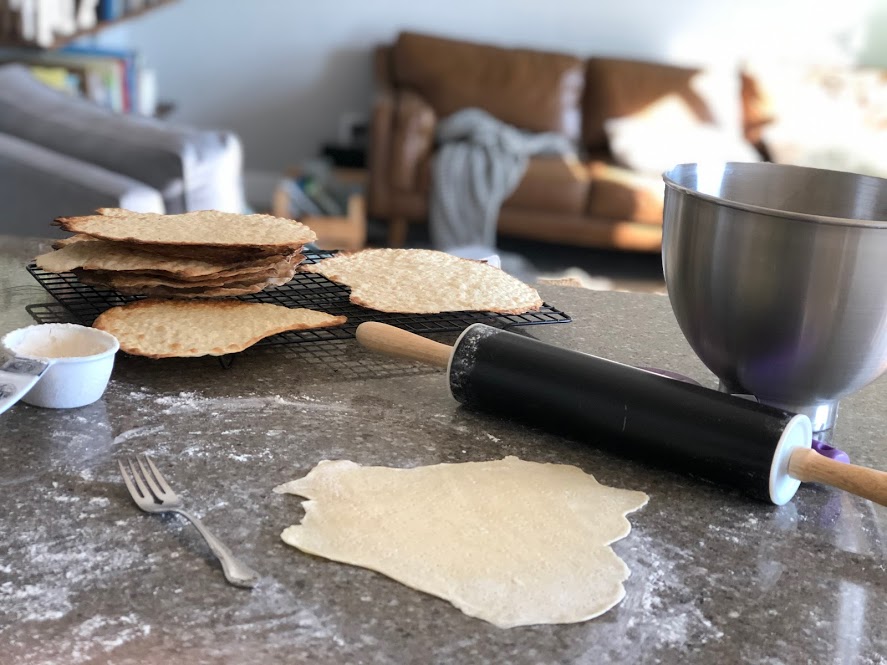
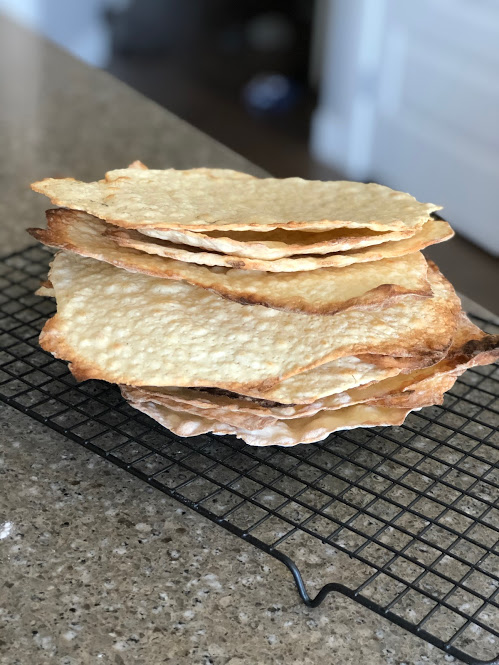
Matzah (unleavened bread):
- When the Israelites were fleeing Egypt, they didn’t have time to let dough rise, and had only unleavened bread to eat
- Bread is the sustenance of life.
- It is unleavened (leaven is a sign of sin in the Bible).
- It’s a symbol of Jesus who is the bread of life that comes down from heaven and gives life to the world.
- Many scholars believe that Jesus was born in Bethlehem on the eve of Passover. “Bethlehem” means “house of bread.” (in Hebrew and Aramaic) Jesus is the “bread of life.” Christ, the Bread of Life, was born in The House of Bread, and placed in a manger (a place where you put food for animals).
- “Our fathers did eat manna in the desert; as it is written, He gave them bread from heaven to eat. Then Jesus said unto them, Verily, verily, I say unto you, Moses gave you not that bread from heaven; but my Father giveth you the true bread from heaven. For the bread of God is he which cometh down from heaven, and giveth life unto the world. Then said they unto him, Lord, evermore give us this bread. And Jesus said unto them, I am the bread of life: he that cometh to me shall never hunger; and he that believeth on me shall never thirst.” (John 6:31-35)
Towards the beginning of the Passover Seder, in today’s Jewish celebration, the second or middle of three pieces of unleavened bread is taken from a special bag called the matzah tosh. The bread is removed and broken. One portion is kept and the other portion is wrapped in a cloth and hidden away to be found and brought back later on during the Passover meal. This portion is called the afikomen.
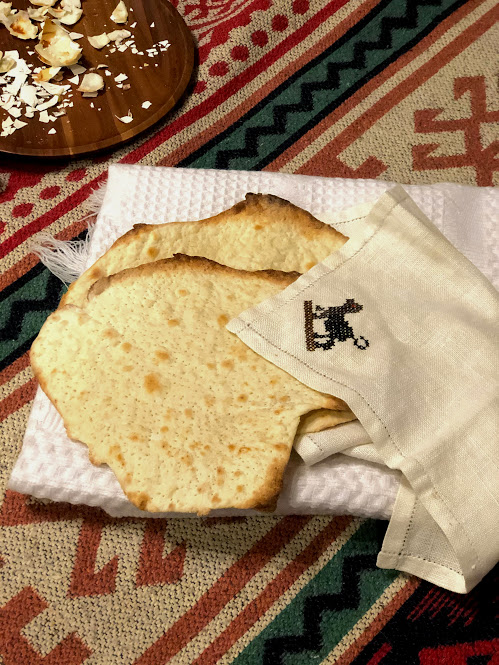
- Afikomen (greek) is a mystery word, that could mean “that which cometh after,” “he who comes,” or “the coming one.”
- The passover can’t continue until this (the afikomen piece of matzah) is restored and the purposes of Israel can’t come to it’s fruition until He comes back, just the way the church can not come to it’s fullness until He comes back. This process began in the spring of 1820 when the heavens were opened and the Restoration of the Gospel of Jesus Christ commenced.
- During Passover, there are two parts of the passover, there are too comings of the Matzah, and also there are two comings of Messiah. He first came humbly (Luke 2:4-7) and the second time, He will come triumphantly with power and great glory. (Matthew 24:30).
- Towards the end of the Passover meal, the Afikomen is found and revealed (taken out of the cloth). This symbolizes us looking forward to the day when Jesus will be revealed again (the 2nd coming) to the House of Israel. I think it could also symbolize Jesus revealing himself to Joseph Smith and restoring His gospel to the earth.
- At the second coming, He will come, not as the lamb, but as the lion of the tribe of Judah (Revelation 5:5)
- I don’t know this for certain, but it seems to me that (because of the order that the Seder goes in) the bread that Jesus used to institute the Sacrament was this afikomen piece. I love the thought of that and the rich symbolism of it.
- “And as they were eating, Jesus took bread and brake it, and blessed it, and gave to his disciples, and said, Take, eat; this is in remembrance of my body which I give a ransom for you.” (JST Matthew 26:22) “But he truly gave unto them bread to eat, and also wine to drink. And he said unto them: He that eateth this bread eateth of my body to his soul; and he that drinketh of this wine drinketh of my blood to his soul; and his soul shall never hunger nor thirst, but shall be filled. (3 Nephi 20:7-8)

The Fruit of the Vine (grape juice):
Throughout the Passover Seder, you partake of four cups of grape juice. Each cup stands for one of the 4 “I wills” of Exodus 6:6-7. “Wherefore say unto the children of Israel, I am the Lord, and I will bring you out from under the burdens of the Egyptians, and I will rid you out of their bondage, and I will redeem you with a stretched out arm, and with great judgments: And I will take you to me for a people, and I will be to you a God: and ye shall know that I am the Lord your God, which bringeth you out from under the burdens of the Egyptians”
First cup: “I will bring you out from under the burdens of the Egyptians.”
- The first cup is called the “Cup of Sanctification” – it sets apart this Passover meal as a sacred time in the presence of the Lord.
- “And he said unto them, With desire I have desired to eat this passover with you before I suffer: For I say unto you, I will not any more eat thereof, until it be fulfilled in the kingdom of God. And he took the cup, and gave thanks, and said, Take this, and divide it among yourselves: For I say unto you, I will not drink of the fruit of the vine, until the kingdom of God shall come.” (Luke 22:14-18)
Second cup: “I will rid you out of their bondage.”
- The second cup is called the “Cup of Judgment” because during the first passover, there was a price to be paid (the blood of the lamb). Salvation comes at a price.
- Jesus is the lamb that was sacrificed for all of us. He took upon Him our sins at a great price. “For he that is called in the Lord, being a servant, is the Lord’s freeman: likewise also he that is called, being free, is Christ’s servant. Ye are bought with a price, be not ye the servants of men.” (1 Corinthians 7:22-23)
- Jesus, when in the garden of Gethsemane said “Abba, Father, all things are possible unto thee; take away this cup from me: nevertheless not what I will, but what thou wilt.” (Mark 14:36)… he was talking about the cup of judgment (symbolically)
- Jesus is both the firstborn Son and the Lamb; on passover, the lamb dies, so no one else has to.
- Remember how much God loves us, so much that He died for us. “Greater love hath no man than this, that a man lay down his life for his friends” (John 15:13)

Third cup: “I will redeem you with a stretched out arm, and with great judgments.”
- The third cup is called the “Cup of Redemption.”
- Jesus took this cup, gave thanks, and told his apostles to drink from it, all of them. He told them “And he took the cup and gave thanks, and gave it to them, saying Drink ye all of it; (Matthew 26:27) “For this is in remembrance of my blood of the new testament, which is shed for as many as shall believe on my name, for the remission of their sins.” (JST Matthew 26:24)
- When Jesus said the word “testament” he was referring to a covenant, so He was telling them that this was the cup of the new covenant that He was making with them.
- Interesting fact that I learned…during Hebrew wedding ceremonies, the couple shares a cup together and it’s called the cup of the covenant. It represents that they are bound together. I love this imagery and how it relates to our covenant relationship with Jesus.
- The wine/water in the Sacrament represents the cup of the covenant and that we are bound to Christ and we are in a covenant with Him, both covenanting to give all of ourselves to each other. We give our whole heart, might, mind, and soul to Him. He gives everything to us. We are the bride, He is the bridegroom. We are in a covenant relationship with Him.
Fourth cup: “I will take you to me for a people, and I will be to you a God.”
- The fourth cup is called the “Cup of Praise” (could also be the cup of hope, and/or the cup of joy)
- Jesus said that He would not partake of the fruit of the vine (at the last supper) until the day when He will drink it new with them in His Father’s kingdom “But I say unto you, I will not drink henceforth of this fruit of the vine, until that day when I drink it new with you in my Father’s kingdom.” (Matthew 26:29). In that day there will be no more pain, no more sorrow, no more bitterness, no more tears.
- We can rejoice in being God’s people and for having Him to be our God. Because of Jesus Christ, we have reason to hope and reason to praise.
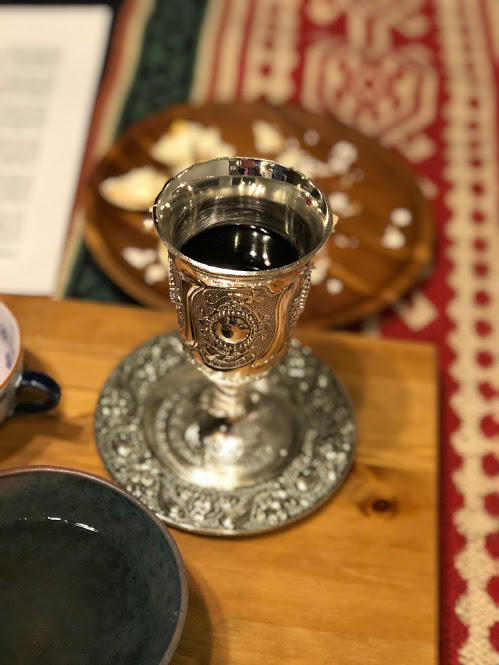
Elijah:
- Passover is also a celebration or a yearning and invitation and prayers for Messiah to come (since people who follow the Jewish faith tradition don’t believe that Jesus was the Messiah) and for us, who do believe that Jesus is the Christ, it is also a yearning for Him to come again (the 2nd coming.)
- The scriptures say that Elijah will come before that day (when the Messiah comes.) “Behold, I will send you Elijah the prophet before the coming of the great and dreadful day of the Lord: and he shall turn the heart of the fathers to the children, and the heart of the children to their fathers, lest I come and smite the earth with a curse.” (Malachi 4:5-6)
- A traditional part of the Passover Seder is inviting Elijah in. The door is opened for Elijah as a symbol that the Messiah is coming. In many homes, a 5th cup of wine/grape juice is poured, often in the nicest cup, for Elijah.
- April 3, 1836 was a very significant day in history. It was Easter Sunday and Christianity at large was celebrating Jesus’s Resurrection and Atonement. Here’s another reason why it was a significant day… For Jewish families, it was the second day of passover. On April 3, 1836, Jewish families all over the world opened their door so that Elijah the prophet might enter and announce the Messiah to usher in the time of redemption for all humanity. Like they had done every year for many many years, the Jewish people were opening their doors to invite Elijah in. Little did they know what was happening in Kirtland Ohio on that very same day…. Elijah the prophet did appear (along with other heavenly messengers). He came to the Kirtland temple and conferred the keys of the sealing power on Joseph Smith and Oliver Cowdery.
- “After this vision had closed, another great and glorious vision burst upon us; for Elijah the prophet, who was taken to heaven without tasting death, stood before us, and said: Behold, the time has fully come, which was spoken of by the mouth of Malachi—testifying that he [Elijah] should be sent, before the great and dreadful day of the Lord come To turn the hearts of the fathers to the children, and the children to the fathers, lest the whole earth be smitten with a curse—Therefore, the keys of this dispensation are committed into your hands; and by this ye may know that the great and dreadful day of the Lord is near, even at the doors.” (D&C 110:13-16)
- The power of Elijah is the sealing power of the priesthood by which things that are bound or loosed on earth are bound or loosed in heaven (D&C 128:8–18). Chosen servants of the Lord on earth today have this sealing power and perform the saving ordinances of the gospel for the living and the dead (D&C 128:8).
- We know that Elijah has returned to the earth to usher in the Messiah and we want to invite the spirit of Elijah into our hearts and home. We want our hearts to turn to our children and to our fathers. To symbolize this, we poured a cup of grape juice for Elijah and opened the door to invite him into our home.
- The spirit of Elijah turns our hearts to our fathers, to our heritage. We are part of the house of Israel. The passover is part of our story.
We dressed up and ate on the floor (because I love how the details add to the experience). We imagined that we were there, with Jesus, at His Passover meal, the Last Supper. We learned about symbols of Jesus Christ and His atonement. We deepened our understanding of and appreciation for the Sacrament. We sang hymns of praise and thanksgiving. It was a beautiful experience.
“The Last Supper was not only outstanding as a new sacrament. It was also the fulfillment of more than a thousand years of promises repeated and prayed for every year during the Passover service since the days of Israel’s wandering in the wilderness. The more we understand and appreciate the Passover service as the Jews observed it in Jesus’ day, the more deeply we can understand our sacramental covenants and marvel anew at the infinite love and sacrifice of our Brother, the Lord Jesus Christ.” (Terry W. Treseder)
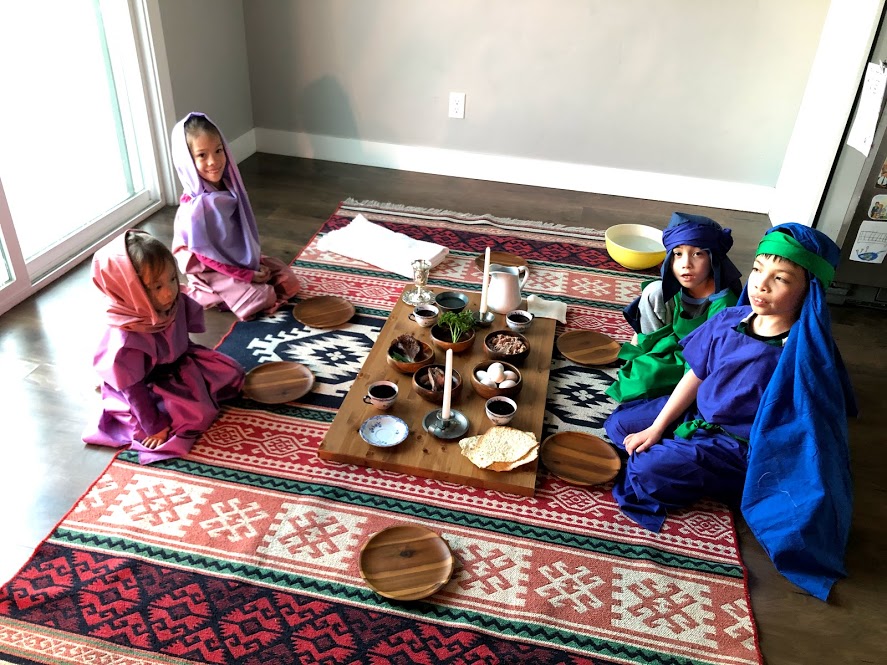


Here is a video that I put together from our experience. It only includes a small portion as it’s only 5 minutes long and the whole Passover Seder took a little over one hour in reality (and my camera stopped recording halfway through). I wanted to be able to capture the experience in some form though because my kids and I love to be able to look back on things like this.
The actual Seder meal isn’t very filling… as you can imagine. So we had a more complete meal afterward. We ate traditional (but more modern, in relation to the original Passover) dishes.

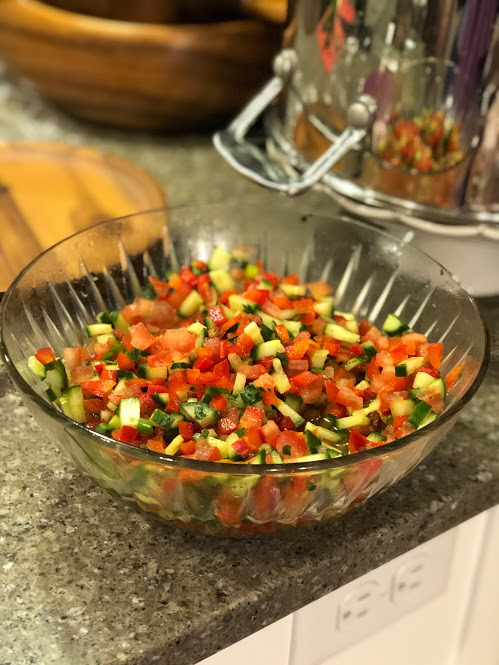
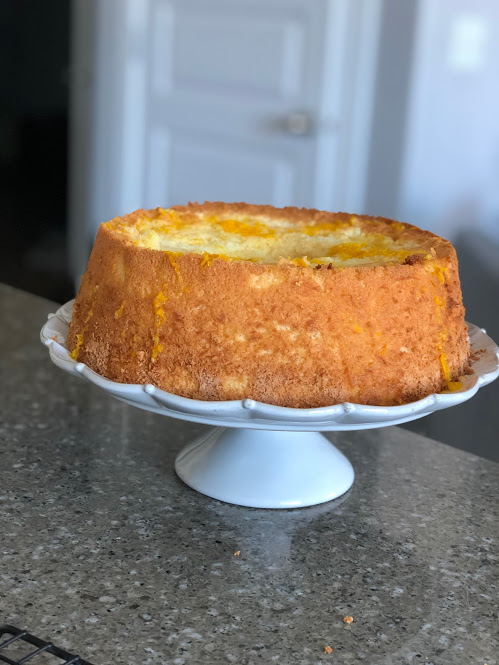
Passover is all about how to get to the promised land, how to get to the kingdom of heaven, how to go from bondage to freedom, from agony to joy, from mourning to festivity, from darkness to light. Those transformations come through the the lamb. The Lamb of God, who is Jesus Christ.
“The feast marking Israel’s past salvation was elevated by Jesus into the remembrance of the world’s salvation through his final sacrifice. From the Passover service he selected bread and wine, and consecrated them as symbols of his body and blood. (See 1 Cor. 10:16–17.) What began with Moses in Egypt culminated with Christ in Jerusalem. Throughout his final Passover meal the Lord stressed the future and not the past. His teachings rose in crescendo to the final act of blessing the bread and wine in remembrance of his new work for man. Thus he taught in action that there was a greater act of God than bringing Israel from Egypt. For through Christ’s sacrifice, God would pass over the sins of all who obeyed him.” (Richard L. Anderson)


I really loved learning some of the symbolism around Passover and the Seder meal. What you said about it being a part of our heritage gave me the chills!